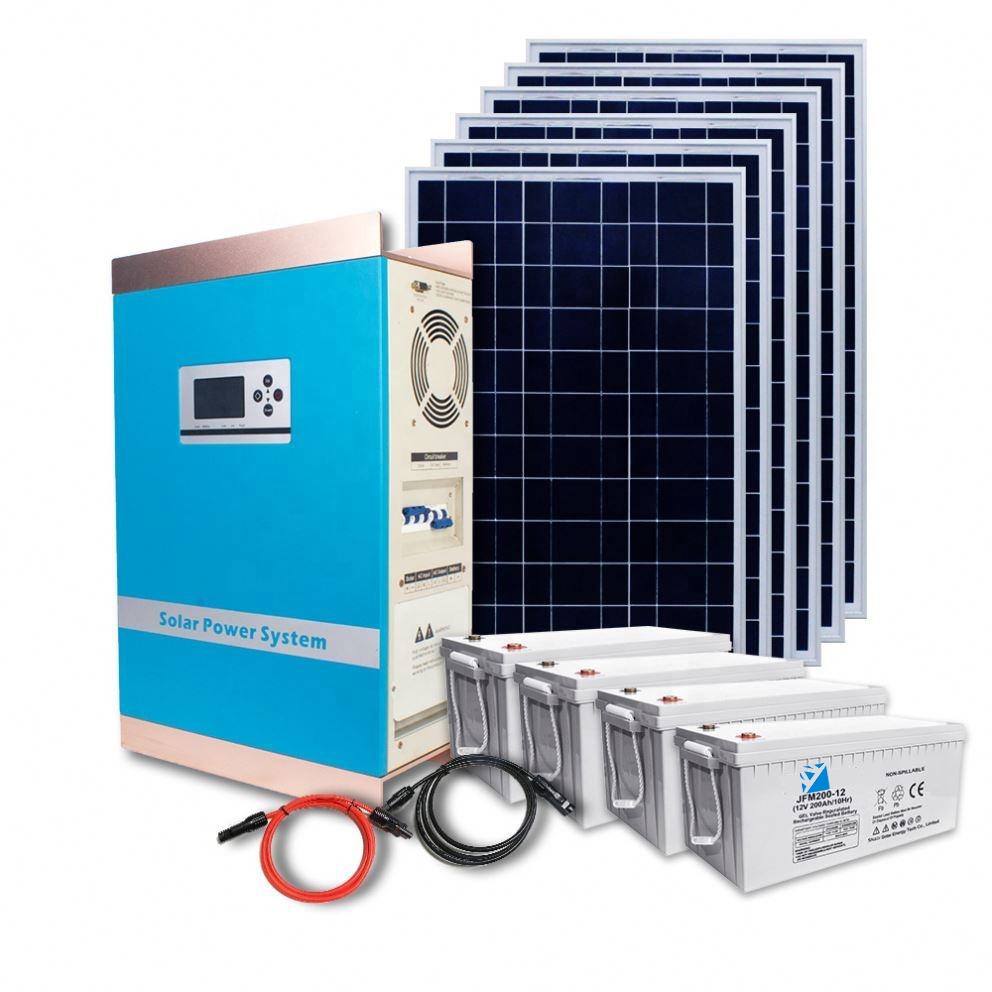Looking back at 2004, Intel was bold and ambitious, introducing the Pentium 4 with a long pipeline called Prescott, aiming for a 4GHz CPU. However, due to various challenges, it ultimately only reached 3.8GHz. It wasn’t until the Core i5-4790K (Haswell architecture) that CPUs finally hit 4GHz again. The subsequent generations—Broadwell, Skylake, Kabylake, and Coffee Lake—failed to maintain that frequency leap. After more than a decade, why hasn’t CPU clock speed continued to rise? What’s going on? Have we hit a ceiling?
In our previous article on CPU die size and yield, we explored how simply increasing core count isn’t the only way to boost performance. Could increasing clock speed alone make each core faster? Why has Intel been cautious about pushing frequencies higher? The real issue lies in heat.
Why do CPUs get hot? From the Pentium 4 with 140 million transistors to Kabylake with over 8 billion, Intel has followed Moore’s Law by continuously increasing transistor density. Each flip of a transistor consumes energy. A simple FET schematic shows that when the input is low, a capacitor charges, storing energy. When the input goes high, that energy is released. At 1GHz, this becomes significant when multiplied by billions of transistors.
Energy consumption and frequency are directly related. The formula P = C × V² × f shows that power increases quadratically with voltage and linearly with frequency. So, doubling the frequency means doubling the power—but also doubling the heat. This is where gate delay comes into play: the time it takes for a transistor to switch. As frequency increases, gate delay can no longer keep up, leading to instability and errors. Overclockers often solve this by increasing voltage, but this only worsens the power problem.
Looking at real-world examples like the i7-2600K or Exynos chips, their power curves resemble a cubic function. After a certain point, the increase in power becomes unsustainable. Other factors like short-circuit and leakage power further complicate things. These contribute to rising heat density, which can overwhelm cooling systems and cause crashes.
Even in a perfect world without heat or gate delay, there's a physical limit. Electrical signals travel at near-light speed, but at 1GHz, a signal only travels 30cm. With today’s small chip sizes, theoretical limits suggest a maximum of around 30GHz. But in reality, silicon-based CPUs are unlikely to reach such speeds anytime soon.
With extreme cooling like liquid nitrogen, some enthusiasts have pushed CPUs beyond 9GHz, but this is far from practical for everyday use. In the near future, CPU frequency will likely stagnate due to thermal constraints. We may never see a 10GHz silicon-based processor unless we move to quantum computing or alternative materials.
That said, CPU performance hasn’t stopped improving. Modern Coffee Lake processors outperform their 2004 counterparts by orders of magnitude, thanks to architectural advancements. Intel learned from the failures of the NetBurst architecture and now focuses on efficiency rather than raw frequency. This shift is shaping the future of computing, proving that performance isn’t just about speed—it’s about smart design.
1KW-6KW Hybrid Inverter (with PWM Charge)


1KW-6KW PWM Hybrid Inverter,Lithium Battery Solar Inverter,AC 220V Solar Hybrid Inverter
suzhou whaylan new energy technology co., ltd , https://www.xinlingvideo.com
